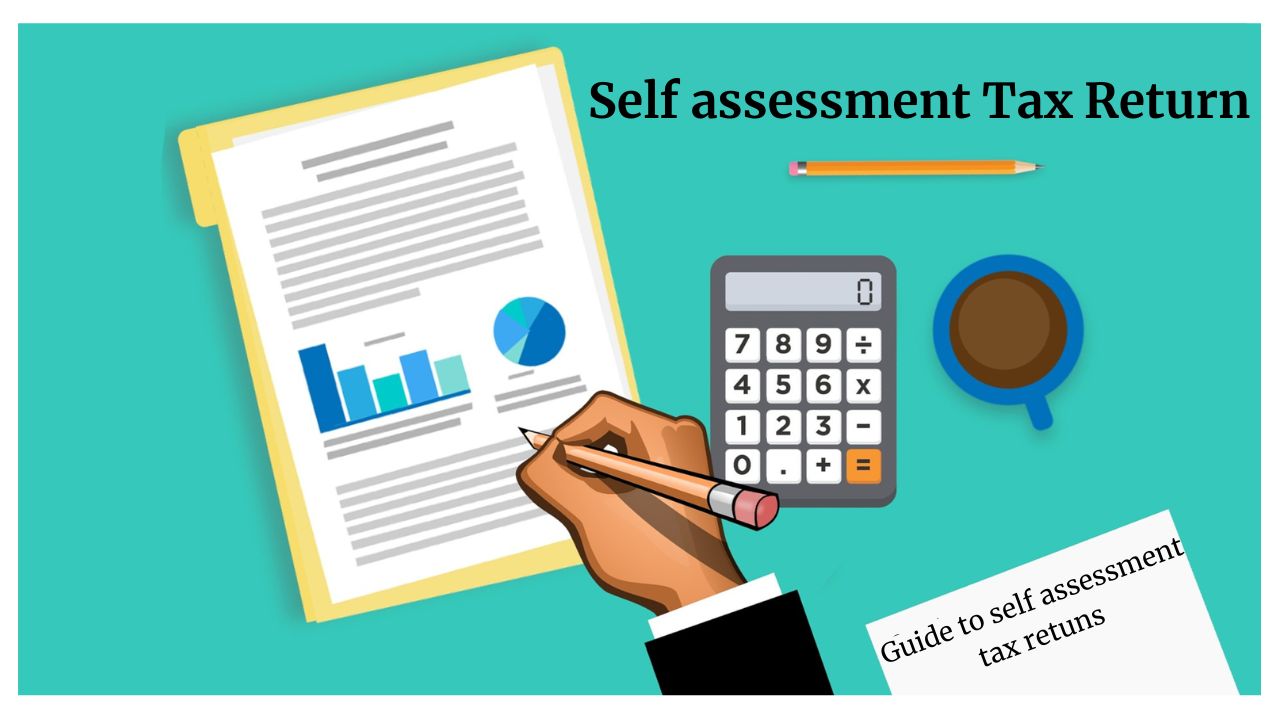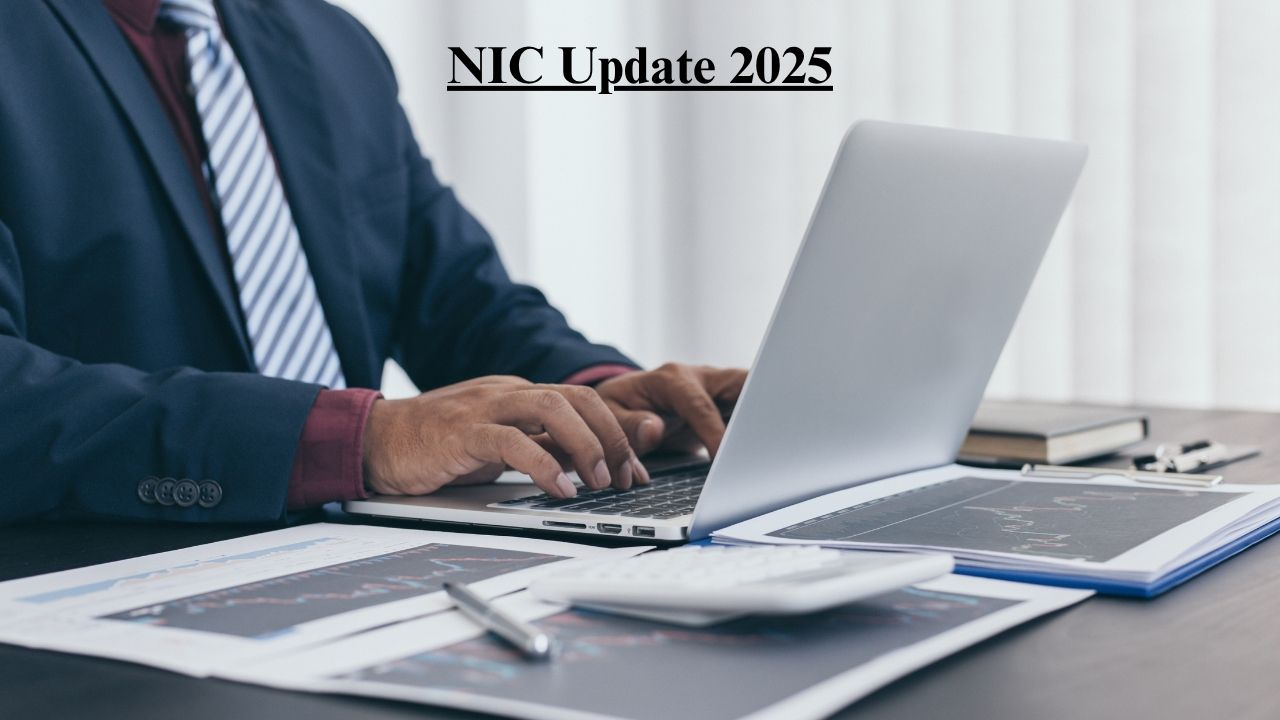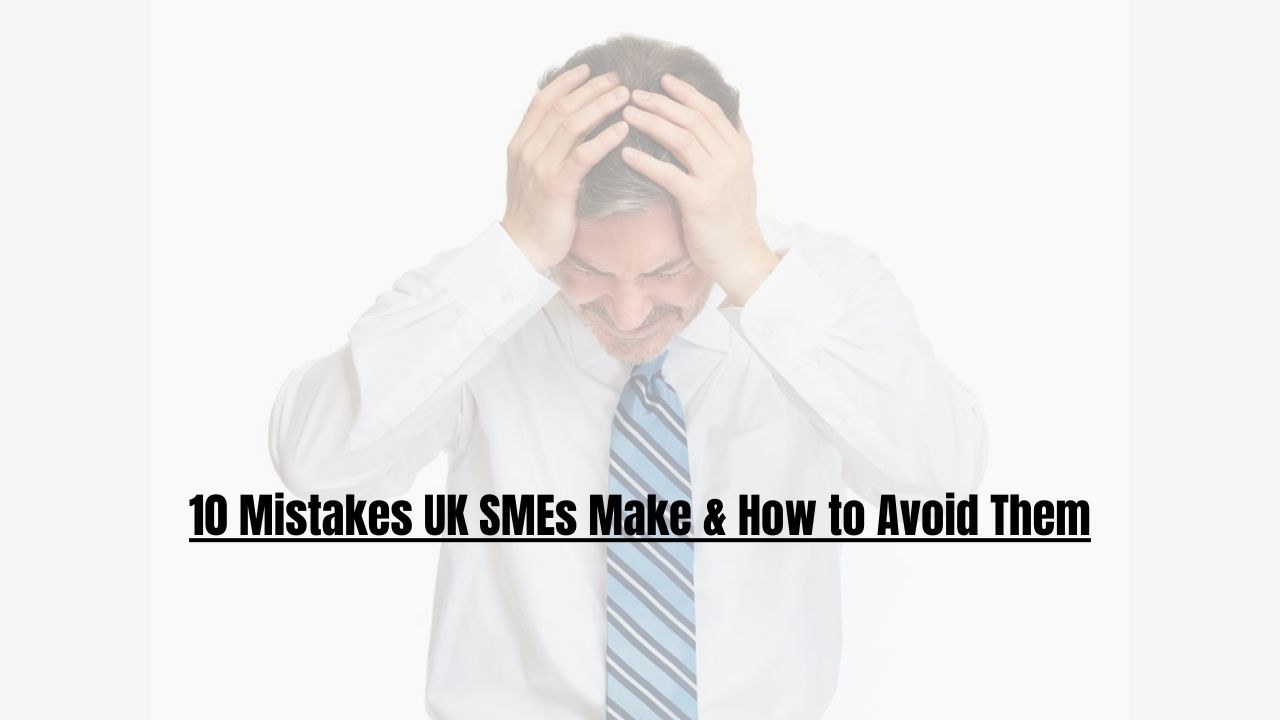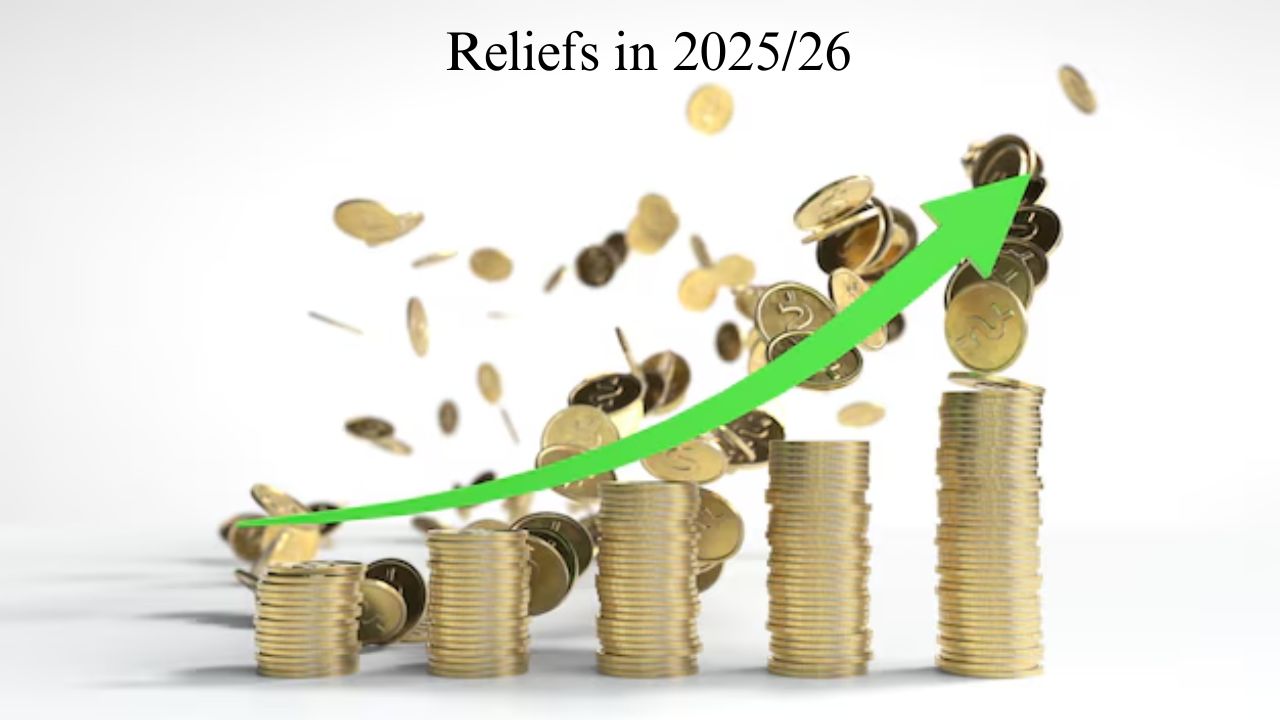
Self Assessment tax returns
In this blog we will talk about how to apply for self assessment in UK, self assessment tax return can look daunting, but if you’re prepared, organized and understand what you’re being asked for, it’s a lot simpler than it looks. Make sure you understand the form so you can file it correctly and avoid paying any penalties.
What is an income tax return?
Self Assessment tax return also known as an income tax return, this is a form you submit to HMRC that reports your income and any relevant expenses or tax reliefs you’re eligible for in a given tax year (which runs from 6 April to 5 April).
Do I need to fill in a Self Assessment tax return?
Yes, if:
- Self- employed sole traders who earn £1,000 in a year (before taking off anything you can claim tax relief on)
- Anyone who are receiving more than £2,500 from UK property or land (you’ll need to contact HMRC if it was between £1,000 and £2,500)
- Limited companies directors who receive untaxed income. (unless it was a non-profit organisation, such as a charity)
- Any individuals receiving income from savings or investments was £10,000 or more before tax.
- Anyone who had to Capital Gains Tax on profits from selling things that increased in value.
- If anyone, income was over £60,000 and you’re claiming Child Benefit.
- You have income from abroad that you need to pay tax on, or you live abroad but have an income in the UK
- Any individual having total taxable income was over £150,000
- Any trustee of a trust or registered pension scheme
- State Pension was your only source of income and was more than your personal allowance
- Anyone who received P800 from HMRC saying you didn’t pay enough tax last year.
If you are getting any untaxed income, tips and commission, foreign income, or certain pension payments or charges then also you need to be register.
If you are facing any problem regarding Self Assessment, use Contact US today.
You might have to complete an assessment to claim back extra tax relief if you earned over £50,270 in a tax year and make pension contributions. But if you’re paid by PAYE, you can usually get this sorted by phoning HMRC instead.
You can also fill in a Self Assessment tax return if you want to make voluntary Class 2 National Insurance contributions. This will help you qualify for benefits such as the State Pension.
How to register for a Self Assessment tax return
- If you’ve never submitted a tax return before, the first step is to register for Self Assessment.
- Depending on how you’re employed, there are different ways to register.
- Check out these step-by-step guides from HMRC to find out how to get started.
- Self assessment if you’re self- employed
- Self assessment if you’re not self- employed but need to declare an income.
- If you’re in a partnership, you will need to complete an SA400 form then register the partnership for self assessment.
- After registration you’ll be sent your Unique Taxpayer Reference (UTR).
- If you’ve submitted Self Assessment tax returns before, you’ll need your old UTR to register and set up the account.
What is the registration deadline?
If you are required to send a return, you must register for Self Assessment before 5 October after the end of the relevant tax year. For example, the registration deadline for the current 2025/26 tax year (6 April 2025 to 5 April 2026) is 5 October 2026.
If you fail to meet one or more of these deadlines, you might be charged a penalty fee and interest on late payments.
Can you complete your own Self Assessment tax return?
Yes, you can complete your own HMRC Self Assessment tax return, and many people do so without the help of an accountant. There are guides on the gov.uk website to help you if you get stuck.
However, if you have multiple income streams, earned capital gains in the tax year, have a high income (more than £100,000 a year), and/or have a complex tax situation, you may find it helpful to use an accountant for your HMRC tax return.
Do tax refunds happen automatically?
In short, it depends. Whether you get a tax refund automatically or not depends on how your tax is paid and how the overpayment happened.
Tax refunds tend to happen automatically if you’re employed and pay tax through PAYE. You may be due a refund if you changed jobs mid-year, worked part of the year, or didn’t use your full personal allowance. In this case, HMRC will either send you a cheque or ask you to claim your refund online.
However, if you’ve filed a Self Assessment tax return, HMRC won’t automatically process a refund. In many cases, you’ll need to log in to your HMRC account to claim it, or confirm how you’d like it handled - you can usually choose whether you want the refund to be sent to your bank account or held towards next year’s tax.
How long does a tax refund take in the UK?
Automatic refunds can take anywhere from five days up to eight weeks after the tax year ends on 5 April. Self Assessment refunds are usually paid once the tax return has been processed, and it can be quicker if you claim via your online tax return.



